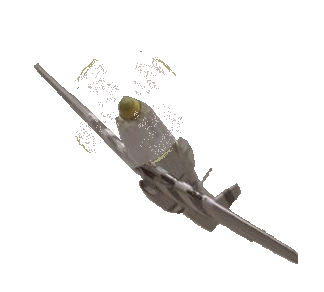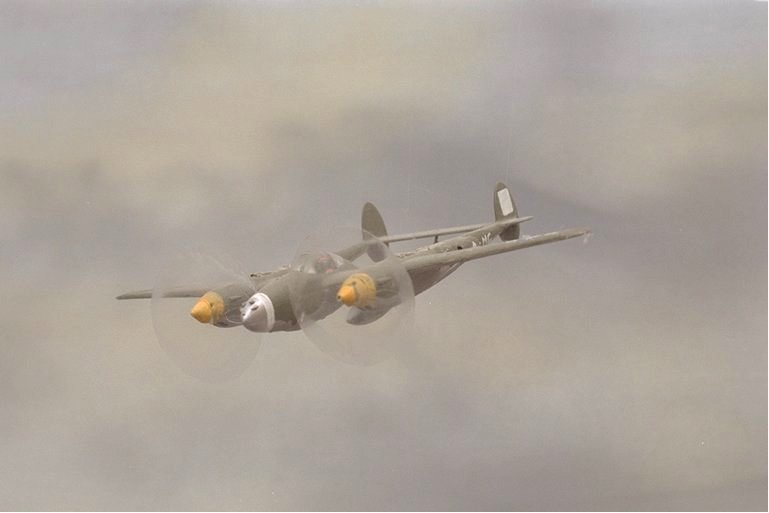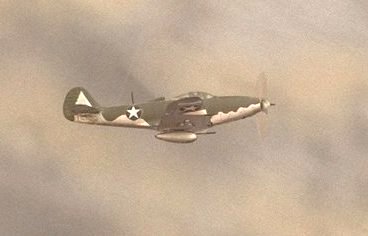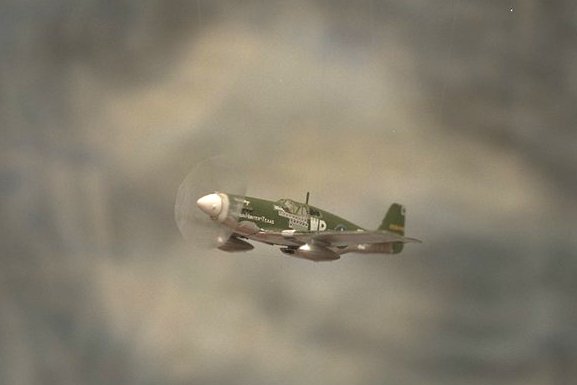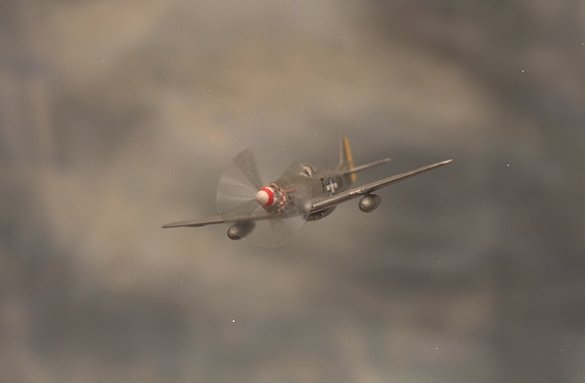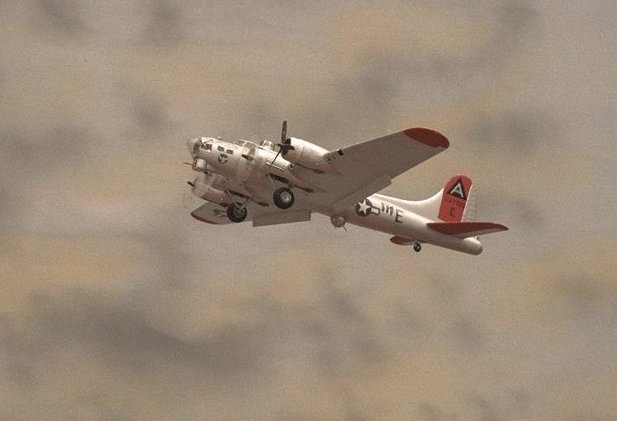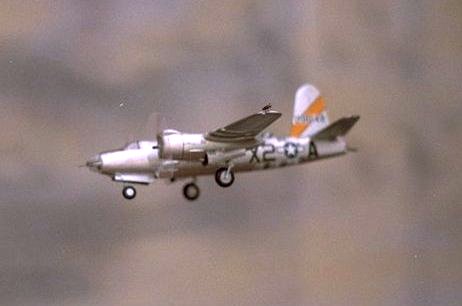|
|
A
Brief History of the USAAF: As in many other parts of the world since the end W.W.I , great attention had been made to training the new air force. But, as in nearly all cases, little or no attention had been paid to either night operations or those conducted in poor visibility. The principle heavy bomber in use at this time was the Boeing B-17, later named the Flying Fortress. It was believed that the protective fire afforded by this heavily armed aircraft when flying in close formation would be sufficient to deter fighter attacks.Thus it was considered that a daylight strategic bombing role could be carried out over Europe. In the late sumer of 1942 RAF airfields were handed over to be used by the heavy and medium bombers of the arriving 8th and 9th USAAF. These were later joined by their belatedly deployed fighter escorts. The American Forces were to join the RAF in the strategic bombing of Germany. New airfields were also being built to accommodate yet more bombardment and fighter Groups assigned to the American forces. Much of Britain became a second home to tens of thousands of American airmen who were not only expected to cope with the war, but with the local population as well. They were to find at a terrible cost that having trained only for a daylight role, pin-point bombing accuracy, painstakingly carried out in the clear and uncontested skies of Arizona was to be confounded by the cloud-covered skies of Europe together with a waiting and battle-hardened Luftwaffe. Such was the faith in the defensive armament of B-17 that no plans had been made for escorting fighter cover. The mistake was realised too late as appalling losses were taken in the early missions. By this time Bombardment Groups of B-24 Liberators had joined the strategic bombing force. In the absence of any American fighter aircraft, RAF fighter cover was provided deploying Boulton Paul Defiants with "Moonshine" radar jamming equipment. However, the range of the fighter escort was insufficient for selected targets in Germany. For the next six months of the war, until January 1943, 8th USAAF bombing raids were restricted to occupied western Europe. By August 1943 American Fighter Groups flying P-38s and P-47s fitted with external fuel tanks were established to provide cover as far as the German border and after the raid, an escort home, but it wasn't until the introduction of the P-51 long-range escort in 1944 that adequate protection could be provided deep into Germany. Unlike their RAF counterparts, USAAF bomb crews trained together before deploying to the UK and an aircraft was allocated to them which they later flew over the Atlantic to the UK. Many had by then named 'their' aircraft and added appropriate artwork, ofte copying the Vargas' magazine illustrations. However, on arrival the aircraft was immediately separated from it's crew to be made battle-ready at Burtonwood near Liverpool. The crew were split between the four bombardment squadrons to gain experience and to fill empty spaces. Most never saw 'their' aircraft again.
|
